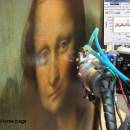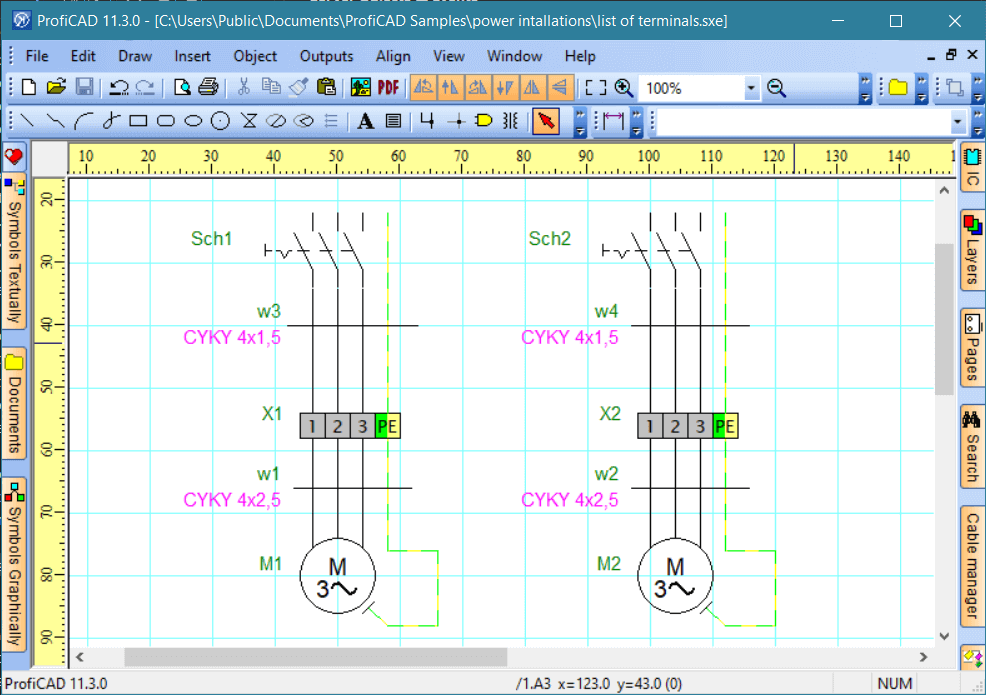PyMCA for Linux 5.5.5 freeware
... a collection of Python tools for visualization and analysis of energy-dispersive X-ray fluorescence data. It builds its graphic interface and plotting routines ... respective Python bindings PyQt and PyQwt. Nevertheless, the data analysis routines can be used independently of any graphical interface. ...
| Author | Beamline Instrumentation Software Support |
| Released | 2020-04-14 |
| Filesize | 16.30 MB |
| Downloads | 424 |
| OS | Linux |
| Installation | Instal And Uninstall |
| Keywords | X-ray fluorescence, X-ray analysis, X-ray analyzer, X-ray, fluorescence, analysis |
| Users' rating (10 rating) |
PyMCA for Linux Free Download - we do not host any PyMCA for Linux torrent files or links of PyMCA for Linux on rapidshare.com, depositfiles.com, megaupload.com etc. All PyMCA for Linux download links are direct PyMCA for Linux download from publisher site or their selected mirrors.
| 5.5.5 | Apr 14, 2020 | New Release | XRF. Allow to use up to 15 elements to refine the sample matrix. IO. Support ARTAX files in PyMca Main window. IO. Read motor positions from ARTAX files. ROI Imaging. Allow to choose to perform PCA on standardized data. |
| 5.5.4 | Nov 23, 2010 | New Release | XRF. Make PyMca compatible with recent XMI-MSIM versions XRF. Handle the use of the % character when defining materials ROI Imaging. Add action to export all PCA and NNMA vectors. ROI Imaging. Support the use of regions with NNMA. |
| 4.4.1 | Nov 23, 2010 | New Release | · Allow detailed customization of 1D output. · Add simple normalization plugins to the Scan window. · Implement a plugin system for the ROI Imaging tool. · Implement a generic batch fitting of stacks as a stack plugin. The functions are totally specified by the user. · Implement simple background removal tools as stack plugins. · Implement an alternative ROI window as a stack plugin. · Support convertion of big EDF image stacks to HDF5. · Visualization of large image stacks via dynamic loading and use of HDF5. · Support MDP based PCA and ICA on user selected regions. · Read calibration from OMNIC 7.x .map files. · Support Bruker Opus maps exported in DPT format. · Improve the reading speed of TwinMic .dta files. · Add simple MarCCD support. · Add very simple support for some flavours of Pilatus CBF. · Show file header information. · Properly handle Amptek MCA calibration when more than two points or ROIs have been used. · Allow Savitzky-Golay (SG) filtering of stacks. |





